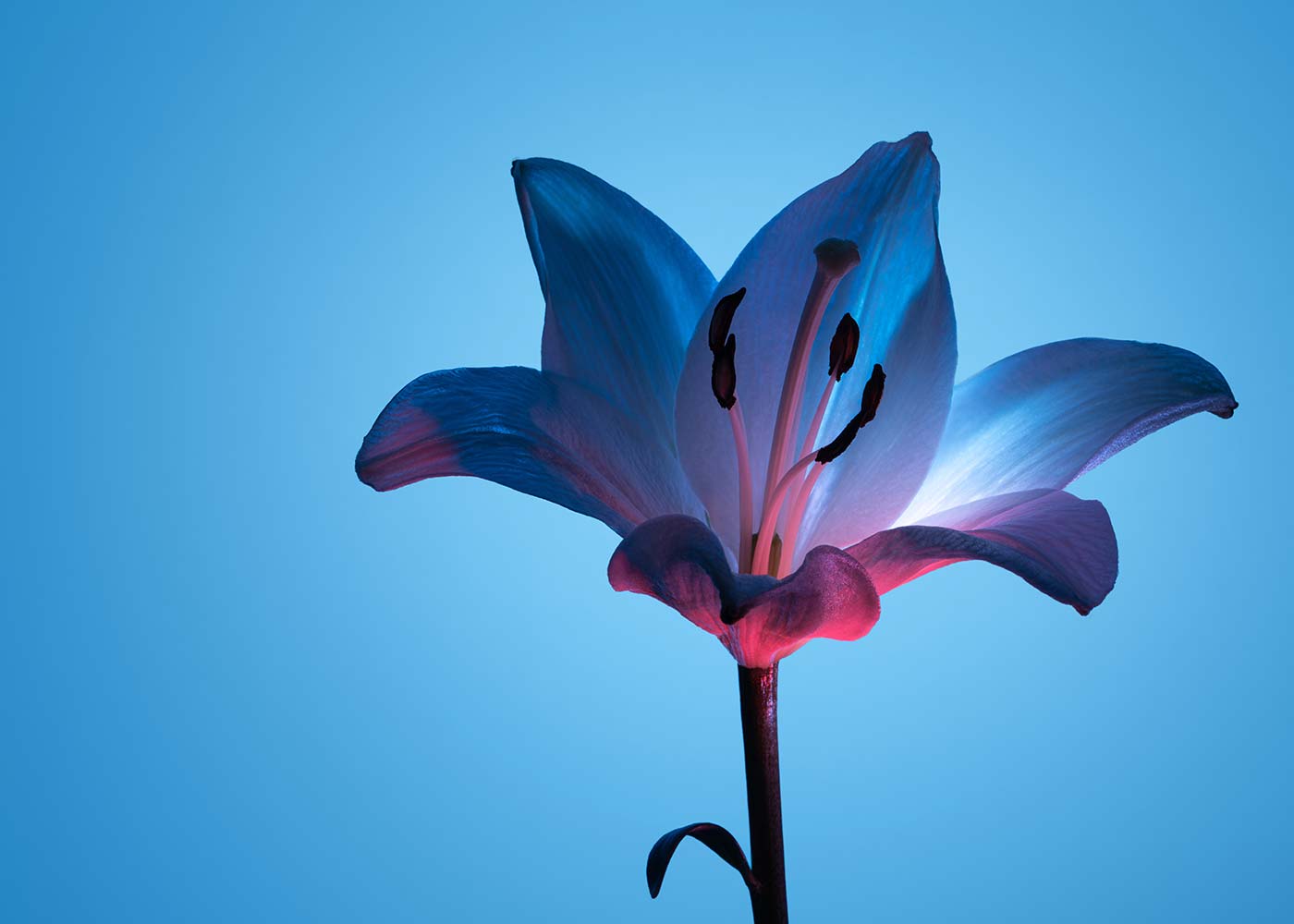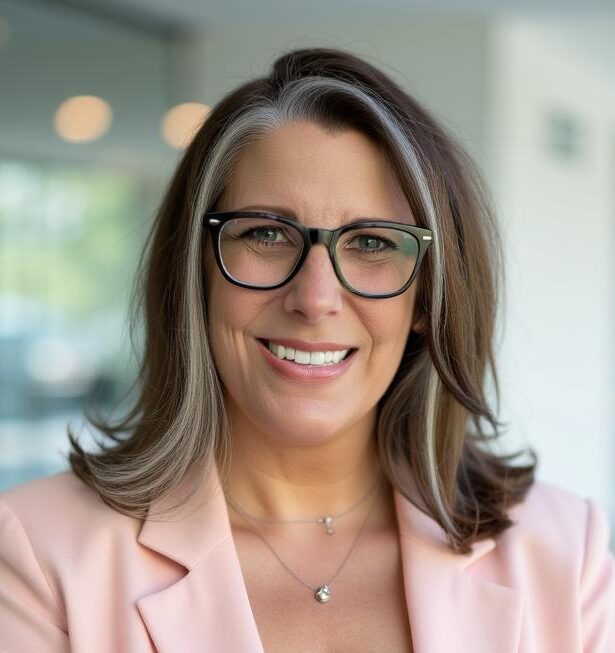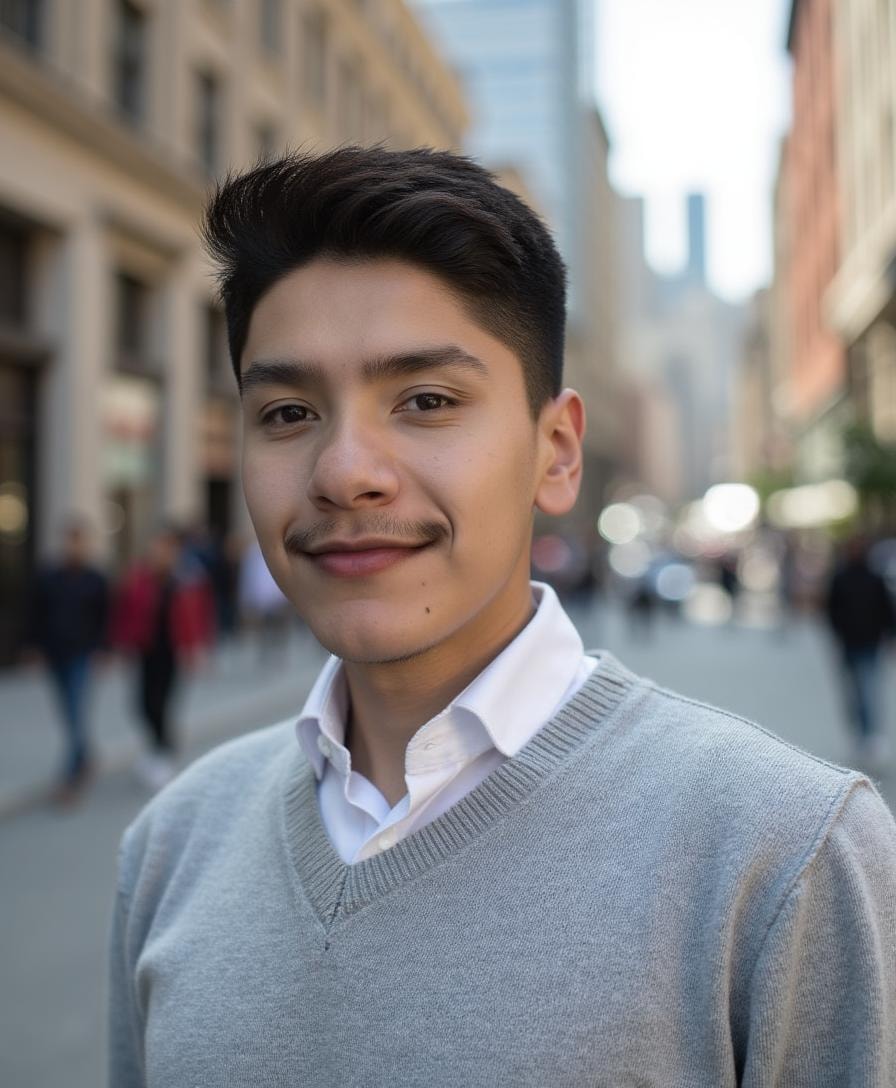Two Asian American trauma therapists reflect on grief, racism, and healing
By Lea Didion, PsyD and Natalie Hung, PhD
Lea Didion, PsyD is a cishet half-Japanese (2nd generation) and half-white female clinical psychologist in private practice in the Washington, DC area. She specializes in culturally-affirming evidence-based therapies for trauma and PTSD. Lea has specialized training in working with survivors with complex PTSD, emotional and behavioral dysregulation, chronic invalidation, race-based stress and trauma, and is developing a specialty in working with traumatized journalists. www.trecdcpsychotherapy.org
Natalie Hung, PhD is a cishet female 2nd generation Taiwanese American clinical psychologist in private practice in Baltimore City. She integrates decolonizing, psychodynamic, and Internal Family Systems (IFS) approaches and specializes in trauma/dissociation, Asian American racialization, shame, neglect, and grief. She is currently writing an IFS- and ancestor-informed self-help memoir about the collective racial burdens of Asian American women and the possibility of healing. www.charmcitypsychotherapy.com
We found each other in light of the increasing need of the emotionally taxed Asian American population in the DMV area and the limited number of mental health providers of Asian descent. We immediately connected about our many common experiences as Asian American psychologists, the ongoing difficulty of tolerating microaggressions, and the feeling of being alone. This sentiment had been echoed by other Asian American providers we had met and we decided to form a Facebook group of AAPI Mental Health Practitioners and Healers of DC-MD-VA.
What follows are our reflections on our grief, our process of healing, and what has made healing difficult over the last year. We conclude with some shared themes from our respective journeys.
Lea: Displacement and Grief
For weeks it has been weighing on my mind to write a blog post in remembrance of the shootings in Atlanta in 2021. The feeling has pulled at me in a way I can’t ignore but I’ve struggled in knowing what to say or how to say it. As I sat with the feelings it dawned on me that I felt tremendous imposter syndrome in writing anything. This is not a new feeling, but as a psychologist that specializes in trauma and PTSD treatment it did baffle me that I was denigrating my own experiences as an Asian woman and denying my own grief. Thankfully I remembered the quote by Joan Didion: “I write entirely to find out what I’m thinking, what I’m looking at, what I see and what it means. What I want and what I fear.” So I started to write; and what emerged made me realize that I have so much work to do in validating my experiences of grief, which is infinitely harder when that grief has been made invisible by the surrounding culture. But all I can do is take the first step in making my feelings and my pain known, hoping that others might relate.
I am the daughter of an immigrant. My mother moved to the US by herself, fleeing what her life would have been had she stayed in 1950s Japan: a life of servitude in her husband’s family’s home. A life not of her choosing, a life where her daughters would be condemned to the same cultural expectations, a life she could not stomach. She fled but was not a refugee. She felt that her culture was broken, but she was not fleeing a communist regime. She was born just after WWII, but her country was not in active war. And her story set the stage for me minimizing our experiences growing up. My siblings and I were first generation, but we had a “good start”, so how could I claim ownership of feeling displaced? We were Asian, but “only half” because along with fleeing traditional Japanese values and expectations my mother also fled traditional Japanese men. In some ways we were more tied to Japan because our extended family remained there and in some poignant ways we were utterly disconnected from our roots. I remember microaggressions throughout my life on both sides; comments and snide looks that I buried because they weren’t “big enough” to be discussed, only to be felt.
Being biracial and being “white passing” has complicated my grief, as it allows both Asians and white people in my life to ignore the reality that I am impacted by Asian-hate. I feel erased on both sides and it has been difficult to know if I’m “allowed” to feel things as intensely as others. I have been given the message both implicitly and explicitly that I should just “be grateful” that I have not endured more severe racist attacks. Inherently, I know this is inaccurate – that my grief is every bit as valid as another’s and yet I am reminded once again how difficult it is to validate my experiences when my experiences are ignored or unseen by those around me. Grief is often a collective experience, but how do you grieve when you are not fully a part of a community?
Recently I lost my paternal half-brother. Our father died 20 years ago and it was only me and my brother who remained, but I was not claimed by that side of the family. When my brother suddenly died, I was told as an afterthought. I was acutely aware that what compounded the pain was that, on that side of my family, I was now alone. Forgotten. Unseen. My grief held no merit in the eyes of others, I felt silenced, and there was no one to mourn with me. It is only through writing that I have connected these experiences. As someone biracial, I feel abandoned and as though my grief is not merited or validated in the eyes of others. A feeling that is compounded when others do not check in, an erasing of my experiences.
In many ways, writing this blog is my first step towards claiming the grief I feel at the rise in anti-Asian hate and violence. It’s a step towards sitting with the rage at every microaggression, every time it has been assumed that I’m a “demure” “quiet” or “subservient” Asian woman. It’s a step towards acknowledging that this culture has not done enough to notice that those of us who belong to the AAPI community are not okay. It’s my cry to be seen as even part of the AAPI community. It’s a calling out of every person who has assumed that because I or others are “succeeding” by white standards of working hard, forging forward, doing more, or speaking less that this “success” is not health – it is not laudable, it is a further act of oppression and internalized racism. And it is an enormous step for me to authenticate my sadness and grief and displacement.
Natalie: Tending to my grief
I first heard about the Atlanta spa shootings on March 16, 2021 from a dear friend’s Facebook page. A fellow Asian American cishet female psychologist, she posted a link to an article with the caption: “This has got to stop.” Saddened, terrified, and numb, I fell into a deep dissociative sleep with no idea what this would incite in me and in the world.
The next morning, seeing that the news had spread, I was overtaken by a strong sense of urgency to “do” something, anything – to stop the pain, to connect people with resources, to get the word out to other Asian Americans like me that they weren’t alone, even if we were socially distanced. I could feel a collective energy brewing as more Asian Americans started holding space for each other to grieve and hurt, talked about breaking silences and being angry, and articulated the commonalities and idiosyncrasies of our racialized pain.
I joined the movement. I read until my eyes ached. I signed up for more online forums than I could attend or keep track of. I listened to podcasts. I spoke up in spite of my fears, sending emails into predominantly white professional spaces. I accepted opportunities to speak about anti-Asian racism because I was desperate to be heard by whoever would listen. For the first time in my life, white people were noticing our pain. I didn’t realize it, but I had been waiting for this day to come.
But the reality of it was hard and disappointing. Some white colleagues and friends, previously silent on anti-Asian racism, suddenly sent “support” in the form of likes or texts that went unanswered. A part of me appreciated the attention and another part resented that it took mass murder for this to happen. Anne Cheng captured this sentiment best in her New York Times piece: “I started to feel a familiar queasiness in the pit of my stomach. Is this indeed what it takes? A political imagination (or, really, lack thereof) that predicates recognition on the price of visible harm?…There is something wrong with the way Americans think about who deserves social justice — as though attention to nonwhite groups, their histories and conditions, is only as pressing as the injuries that they have suffered.” Others still said nothing, a silence that felt deafening and showed up like a constant abrasion on my skin. No matter what white folx did or didn’t do, they couldn’t win. Because the truth was that I couldn’t win. I had been engaged in a losing battle with myself and it needed to stop.
Eventually, I collapsed in exhaustion and my body told me to rest. In the stillness, I saw that my desire to help others through actions was also a way to stem the tide of what felt like a never-ending ocean of sorrow inside. Out poured the flood of tears and rage and searing shame and roiling and fire and disgust with what I had been doing, and the unfairness of what I had been put through. The hardest to confront was the feeling of betrayal that I harbored toward myself for spending decades—albeit out of protection—blind to my own hurt.
Since I was a child, I had been waiting for someone to care, someone whom, unlike me, I saw as powerful. To tell me I was worth being seen. I had been hiding my truer selves in a cocoon hoping that my trying to be perfect and useful, my tempered explanations and carefully articulated arguments flanked by citations of studies about bodies like mine, would help them get it. And finally I realized that the answer lies elsewhere: this whole time I’ve been shutting off access to my own power and allowing whiteness to mediate and distort my own relationship to myself.
Having reached enough emotional and financial autonomy in my life, I’ve been fortunate to be able to spend the last year tending to my own racial pain and letting it move me. In this process, the parts of me that have taken care of white people’s feelings have retired and are restoring themselves after years of trying to keep me small. I’m no longer prioritizing white people’s comfort over my own. I’m using my own eyes, instead of the white gaze, to see myself and the world, to decide what is beautiful and worthy. The voice inside telling me to stay silent—partly inherited from my mother and generations of women past, partly amplified by white supremacist American culture—is now listening and letting me speak for my pain.
Exiled parts of me came home. A clear-eyed, clear voiced teenager who articulated the hidden racial dynamics of my high school with sass and confidence was alive and well. I sent compassion to an adolescent part whose internal world was made capacious by the need to hold the grief, shame, and confusion surrounding my father’s sudden and traumatic death when I was 6. Over time, she unloaded some of her sadness and made room to help me bear other people’s shame and agony alongside love. Other wounded parts surfaced—inner children who were called “yellow,” who were chased around the playground to have their shiny black hair touched, who were ching-chonged in sing-song tones and mixed up with all the other “Oriental” kids, who just felt so strange and dirty, but didn’t have the words to describe it or the capacity to understand why. I listened to them all, held them close, and told them, “I’m sorry that happened, it’s not about you.” I let their pain flow out of me until I felt more fully human.
A year later, and after nearly 11,000 reported anti-Asian hate crimes since the beginning of the pandemic, I’m still heartbreakingly sad and ferociously angry. But so much has changed inside and out. I feel more spacious, like I can breathe. I’m showing up in my relationships differently and have let go of people, spaces, and institutions that aren’t serving me anymore. I’m more discerning about how I spend my emotional labor and time. I’ve connected with other Asian Americans to create spaces where we don’t have to explain the burdens our bodies carry; we just know. With the guidance of an ancestral medicine practitioner, I’ve connected with my ancestors, heard their stories, and witnessed them become vibrant again and full of heart and magic. They resource me with their gifts of love, safety, belonging, and protection every day. For the first time in my life, I don’t feel alone. The shadows of grief have given way to glimpses of hope and joy. But there are times when the grief beckons, leading me to say goodbye to what has been lost in me, so I can make space for who I am becoming.
Acknowledging and recovering from racialized trauma
As we reflected on each of our stories, several themes emerged that resist and challenge historically dominant narratives of grief and healing.
First, there is no one path, timeline, or set pace to healing. The intersections of our various identities (gender, class, immigration status, family history, culture, race, ability) had indelible and important impacts on the way each of us was able to live, as well as write our accounts. Rather than being a linear progression through certain stages, healing is an ongoing, non-linear, incomplete, and iterative series of contractions and expansions shaped by the interplay between our internal lives and external systems. In short, it can be thorny and messy at times, and this can give way to more clarity and compassion.
Second, generational, social, and personal experiences are braided and intertwined. Both of us had our suffering erased and invalidated on multiple levels, which impacted the course of our paths. For Lea, her generational messages of being grateful and minimizing pain, and the invisibility of her pain from both sides made the healing process feel murky and confusing; for Natalie, her generational and personal trauma of unresolved loss and silence made her healing process initially overwhelming, but paradoxically, her well-tested capacity to hold pain, as well as her connection with her well ancestors, ultimately led her to be open to her grief.
Third, healing began for both of us when we acknowledged our pain, suffering, and years of living within an oppressive system. Part of what allowed us to do this was that we both had enough safety (physical and emotional) and resources (financial, social, time, energy) to make the exhausting work of confronting racial trauma possible. If you exist in primarily white spaces that do not support the fullness of your being, there may be potential losses–of job security, social support, physical safety–at stake if you begin to speak up. Thus, a crucial part of setting the stage for healing is to cultivate safe enough conditions to access vulnerability and wounds and to speak up for yourself.
However, part of the larger socio-political context that exists right now is that these resources may never be available to some. Therefore, finding community somewhere is important, even if it’s hard to fully feel like part of one. In a world like ours, we still need our protective parts to shield us from the pain of oppression. But importantly, racism and oppression seek to divide and weaken–therefore, finding any connection is an act of resistance. Whether that connection comes from a book, social media group, or friendship, small spaces of connection can help to open up the possibility of healing. Along these lines, finding an Asian or BIPOC therapist may alleviate the amount of emotional labor required to explain your experience or “prove” your trauma. It can also reduce the emotional toll that is required to anticipate defensiveness, gaslighting, or a lack of understanding. Ancestral medicine can also help to cultivate a direct relationship to ancestors who can be a powerful resource for healing.
As we enter the third year of this global pandemic and prepare to re-enter a world precariously positioned between crisis and awakening, we hope we can create more room for Asian Americans to collectively recognize our pain, grief, and ghosts; to find nourishment and connection; and to embody our ancestral gifts. Our pain matters and so do our hearts. Let’s all find a way to show it.
Resources
Stand Against Hatred
Stop AAPI Hate
Asian American & Pacific Islander Mental Health Resources – The Mental Health Coalition
For Asian mental health professionals
Asian Mental Health Professionals | Groups | Facebook
AAPI Mental Health Practitioners and Healers of DC-MD-VA | Facebook
Therapist directories
Inclusive Therapists | BIPOC LGBTQ Therapy Near Me Online and In Person. Find Identity
Affirming Mental Health Care
Asian Mental Health Collective
South Asian Therapists
Home – Therapy4thePeople
Open Path Collective – Affordable Counseling
Other healing resources
Reclaim Asian American Womanhood – IFS-informed group for Gen X/Millennial Asian
American Women
Ancestral Medicine Practitioner Directory



